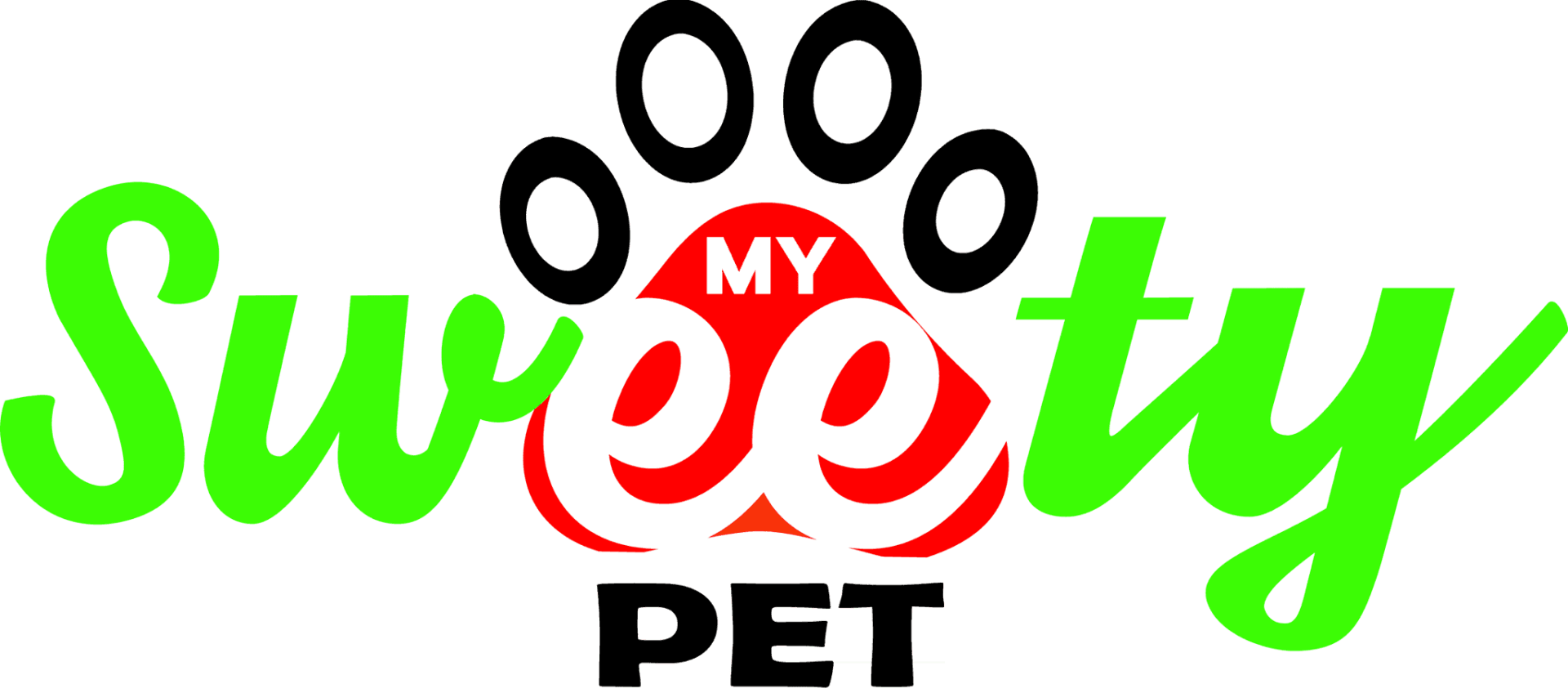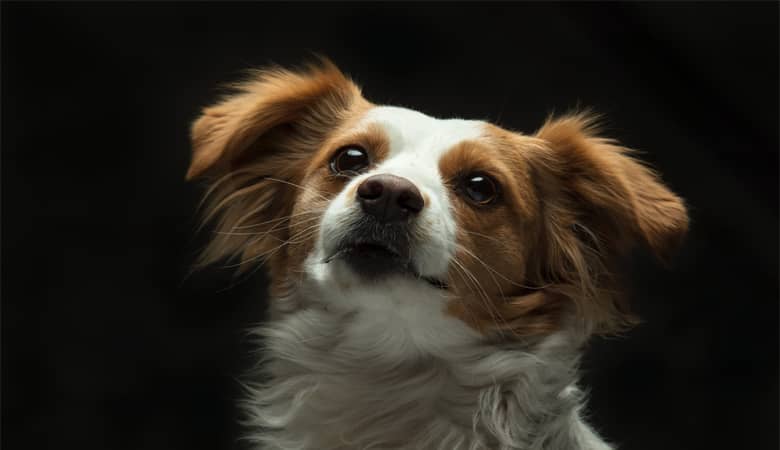Dogs are furry creatures but what does that mean? Is dog fur the same as hair? Biologically yes, because both are made up of the same protein called Keratin. This protein will also be found in the nails and skin of both dogs and humans.
Technically dog fur and hair are two different things. Dog fur is short and dense, while dog hair can be longer and softer. The fur of a dog is its outer coat, while the hair is the undercoat. The terms are often used interchangeably but they have different functions and names.
This article will discuss the difference between fur and hair, types of coats, dog’s growth cycle, and tips on how to maintain them healthy.
What’s The Difference Between Dog’s Hair & Fur?
There are several differences, some of which are obvious and some are more subtle.
Fur is the term used for any type of coat that grows in a thick, insulating layer over the skin. Hair comes from different glands and differs in its thickness, color and distribution. Dog’s hair can be straight or wavy, while their fur is typically medium to short and densely packed with follicles.
Dog hair tends to grow faster than the fur so a his/her coat will usually change more quickly than its coat and due to the longer growth cycle hair sheds less than fur.
On the other hand, fur has a shorter growth cycle as compared to hair so it is more likely to shed, and particularly during seasonal changes you’ve to clean it off from your clothes, carpets, or furniture more.
Hair on the top often feels no different than hair that grows closer to the skin. This is because they usually grow in a single layer. Fur has both single and double layers, which means dogs have an undercoat and a soft outer coat that protects them from all kinds of temperatures.
How To Tell If Your Dog Has Hair Or Fur
There are many breeds of dogs and each of them has its unique appearance. But one thing that all dogs share is their fur or hair. There are many types of dog coats, including Chihuahua, Labrador Retriever, Pug, and Boxer ( he has a smooth coat and short hair. Boxer’s have fawn and brindle fur with white underbelly). However, there are also many different types of dog hair including Pekingese, Poodle, Golden Retriever, and Shih Tzu (he is a double coat breed with flowing hair. Their inner coat is soft while the overcoat is silky and grows long).
Hair And Fur Growth Cycle
If your dog has a thin coat, you may be noticing that it’s lost more hair throughout the year. But If he has a thick coat, it may be growing fur instead of losing it.
The hair and fur growth are somewhat different for dogs than it is for humans. Canines go through two growth cycles: The shedding and growthing. During the shedding, all the hair and fur are lost. This is considered an emergency.
During growthing, hair grows again and new fur is created. This is much more gradual. It can take months for the hair to grow back. These two cycles are further divided into four phases:
Anagen phase: This is the longest phase of the hair cycle. During this phase, the hair starts to grow rapidly. This happens in young puppies and usually lasts for around 6 months.
Catagen phase: Catagen is the regression phase of the hair cycle. The hair follicle is empty and the hair stops growing. It lasts for around 2-3 weeks.
Telogen phase: In the telogen phase the hair follicle is at rest. This means the hair is neither growing nor shedding. It lasts for around 3 months.
Exogen phase: This is the last phase of the hair cycle. During this phase, the hair is shedding and falls out.
The hair cycle is repeated every 4-6 months. The duration of each phase depends on the thickness of the hair. If the hair is thick, the anagen phase will be longer. And when it is thin, the anagen phase will be shorter.
Types of Dog Coats
Many dog owners know that a coat is a great way to protect their pets from the sun and to keep them cool. There are different types of dog coats:
Single coat:
The coat can be short or long, depending on the snickerdoodle dog breed. Dogs with single coats shed low also known as non-shedding dogs and are easy to groom. Single coat dogs are Jack Russell Terrier, Maltese and Greyhound. They have one layer of fur on their body, this layer can be thick or thin.
Double coat:
Double coat dogs have two layers of fur on their body undercoat and overcoat. The outer coat is made of hair that is softer and more flexible than the inner one. They have a thicker layer of fur on their neck and thinner on their body. Double coat most common in Siberian huskies, Saint Bernards, Irish setters and Rottweilers.
Long-haired vs short-haired
Long Haired:
Long-haired dogs have a thicker coat that protects them from the winter weather and they have more body hair than their short-haired counterparts. The main disadvantage to long hair is that they can get tangled up in the coat and the fur is prone to matting, which requires more care and frequent grooming.
Short-Haired:
Short-haired dogs have a very thick, wiry coat. These hairs are easy to maintain because they are close to the body and shed less than long-haired dogs. Short-haired pup’s are Dalmatian, Boxer, and Great Dane.
Medium Haired:
Medium-haired dogs have a thicker, coarser coat and they shed less than long-haired dogs. The coat also will not mat and tangle as easily. Canines with medium-hair are American Ankita, Australian Shepherd and Border Collie.
How To Care For Hair Or Fur?
Regular grooming of your dog’s coat and skin can significantly improve your pet’s appearance. Many dogs need grooming more often than others. Some need grooming every day, while others need to be groomed only a few times a week. Grooming includes brushing, bathing, drying, coat trimming, cleaning ears, and trimming the nails with a dog nail file.
Brushing dogs coat:
Brushing the coat is a great way to start. Most dogs have long hair and it needs to be brushed regularly to keep it shiny, smooth, healthy and clean. It will also help keep the hair away from the eyes. If you use a brush with a handle, you should hold it on the same side as the dog’s body.
It’s a good idea to use a natural bristle or a slicker brush. It’s made from natural fiber and it’s usually very soft. Start brushing the coat from bottom and work your way up. Use short strokes. The back and sides of the dog’s body will get the most attention.
Bathing:
Dogs are like us and like to get clean. If your dog has a long coat then bathing can be very time-consuming and frustrating for both you and your dog. Bathing your dog is essential because it will help remove any dirt and debris in the coat. It’s best to use a shampoo that’s specifically made for dogs.
The shampoo should be very gentle and if possible it should not contain any harmful chemicals. To properly bathe your dog, make sure to have a bathtub or a bucket large enough for the dog to stand in and use the shampoo at least once a week. Wash your dog from head to toe and also make sure to protect their eyes and mouth from shampoo during massaging. Once you finish washing your dog, rinse it well.
Drying:
Drying is important because it will help the coat to dry out and to prevent it from getting tangled. It’s best to use a natural fiber towel. It should be soft and absorbent. The towel is folded in half and then folded again so that it’s large enough to cover your dog’s body. After you’re done drying your dog, you should brush it one more time.
Trimming the coat:
Trimming is an essential part of grooming your dog’s coat, as it helps to remove any matted hair and it will help to keep the coat from getting tangled. You can either use scissors or a pair of clippers. When using a pair of clippers make sure that the blades are sharp and clean. When using scissors, make sure that you cut as close to the skin as you can. It’s best to start cutting the coat at the root.
Conclusion: Owning a dog is a big responsibility. It is important that you are up to date with their general health, socialization, especially with their grooming. Dog fur and hair is different from humans and requires different care. Owners should be prepared to brush or groom, bath and cut the hair of the dog on a regular basis.

